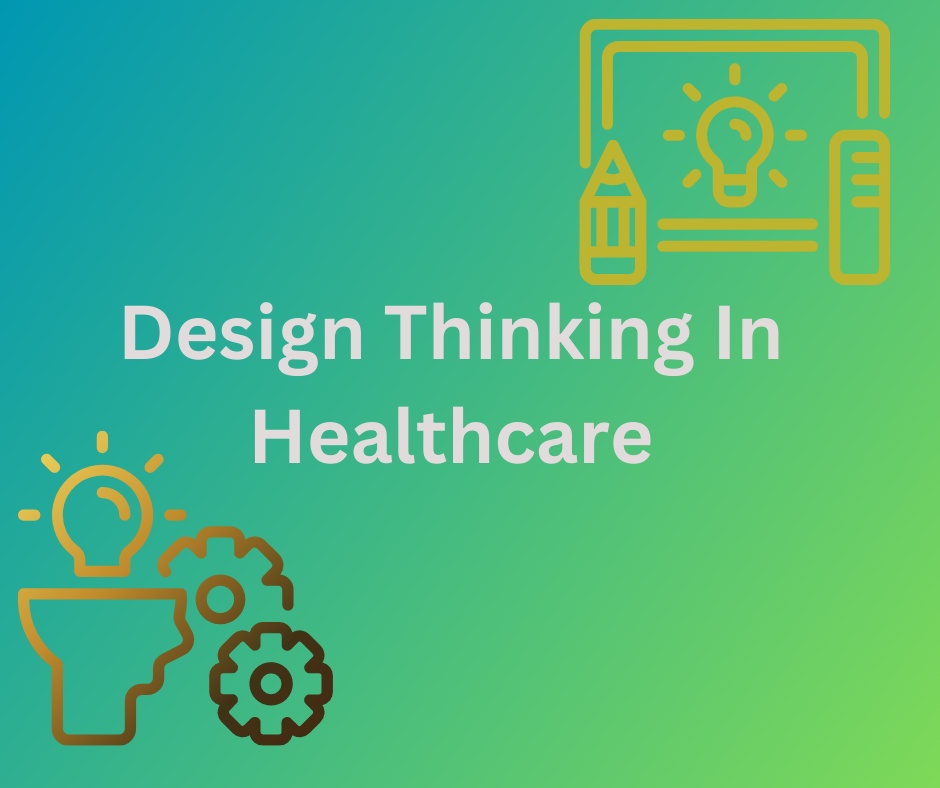Design thinking has emerged as a game-changing approach in the healthcare industry. Inspired by the principles of design, this methodology focuses on empathy, collaboration, and iterative problem-solving. In this blog, we explore the concept of design thinking in healthcare and its potential to enhance patient-centric care.
Understanding Design Thinking: Design thinking is a human-centered approach that seeks to understand and address the needs of patients, caregivers, and healthcare professionals. By putting themselves in the shoes of the users, healthcare providers gain valuable insights into their experiences and challenges, enabling them to develop innovative solutions.
Empathy in Action: Empathy is at the core of design thinking in healthcare. By actively listening, observing, and understanding the emotions and perspectives of patients and caregivers, healthcare professionals can create solutions that truly meet their needs. This empathetic approach leads to improved patient experiences, enhanced satisfaction, and better health outcomes.
Reframing Problems for Innovative Solutions: Design thinking in healthcare encourages reframing problems to uncover fresh perspectives. Rather than focusing solely on symptoms, design thinkers dig deeper to identify underlying causes and systemic issues. By reframing the problem, healthcare professionals can develop innovative solutions that address the root causes, leading to more effective and sustainable outcomes.
Iterative Process for Continuous Improvement: Design thinking embraces an iterative process of prototyping, testing, and refinement. It recognizes that solutions evolve and improve over time. By involving end-users in the feedback loop, healthcare providers can continuously refine and enhance their solutions, ensuring they are aligned with the evolving needs of patients and caregivers.
Collaboration for Holistic Solutions: Collaboration is a vital aspect of design thinking in healthcare. By bringing together professionals from different disciplines, including doctors, nurses, administrators, and patients, design thinking fosters a collaborative environment that leverages diverse expertise. This multidisciplinary collaboration leads to holistic and comprehensive solutions that address the complex challenges of healthcare.
Conclusion: Design thinking in healthcare offers a powerful framework for enhancing patient-centric care. By prioritizing empathy, reframing problems, embracing an iterative process, and fostering collaboration, healthcare providers can develop innovative solutions that truly meet the needs of patients and caregivers. Design thinking has the potential to revolutionize the healthcare industry, creating a future where patient experiences are optimized, and health outcomes are improved.


No comments yet